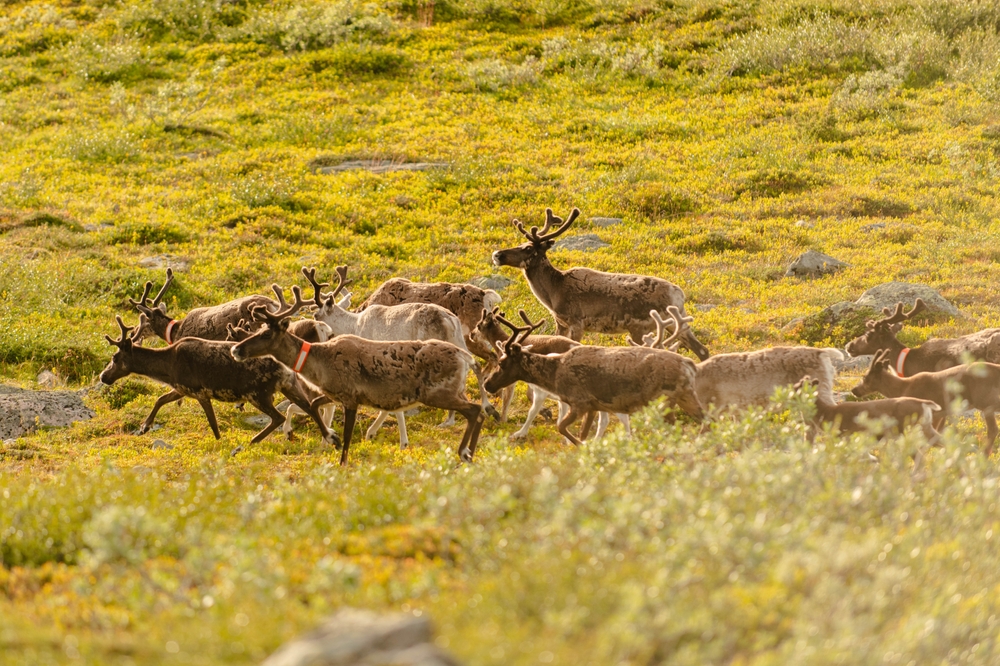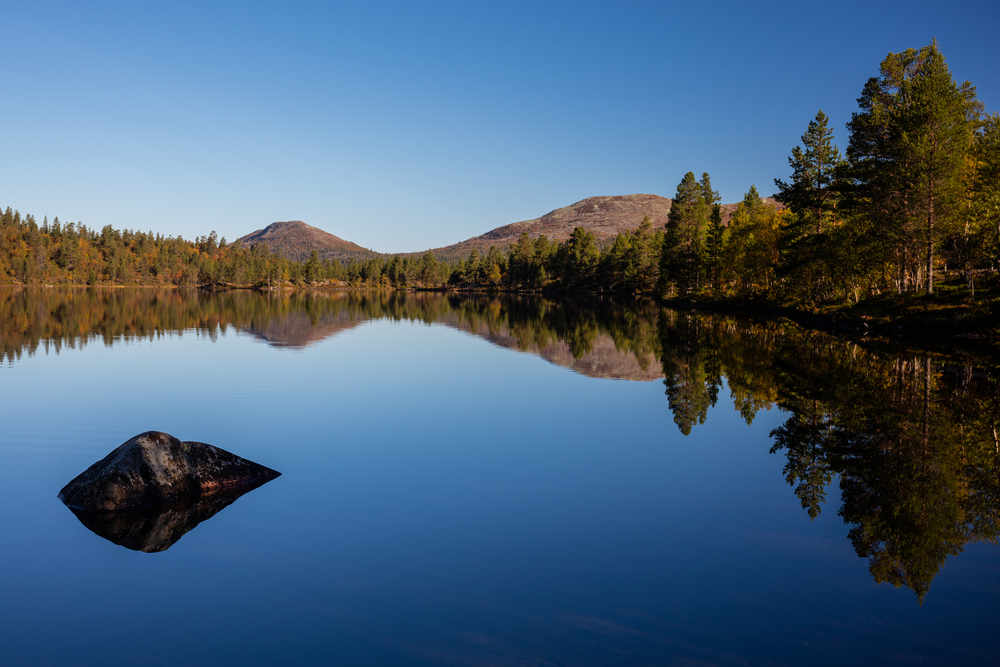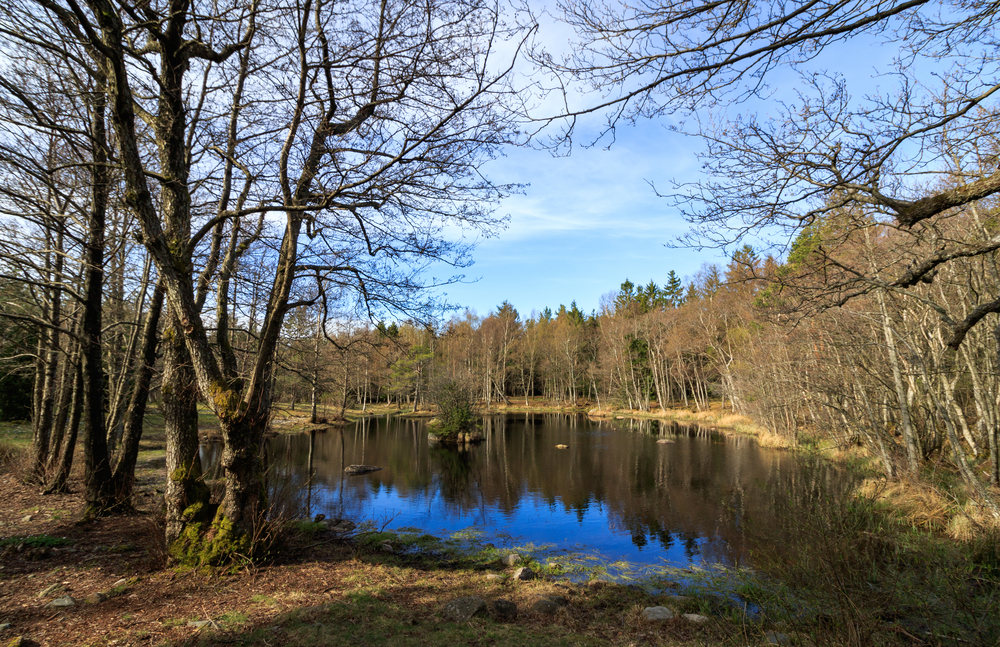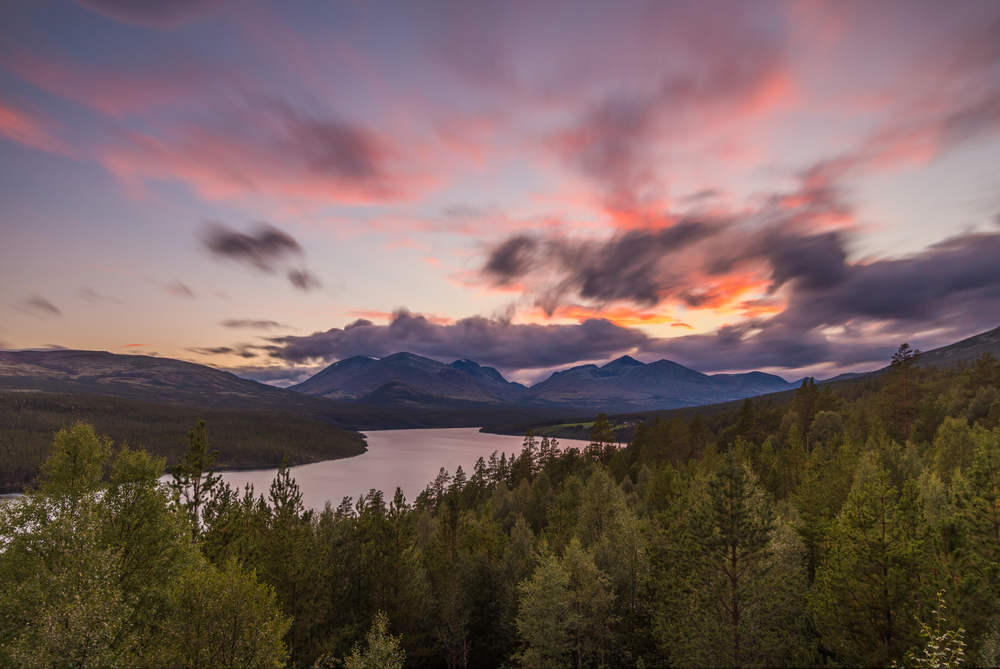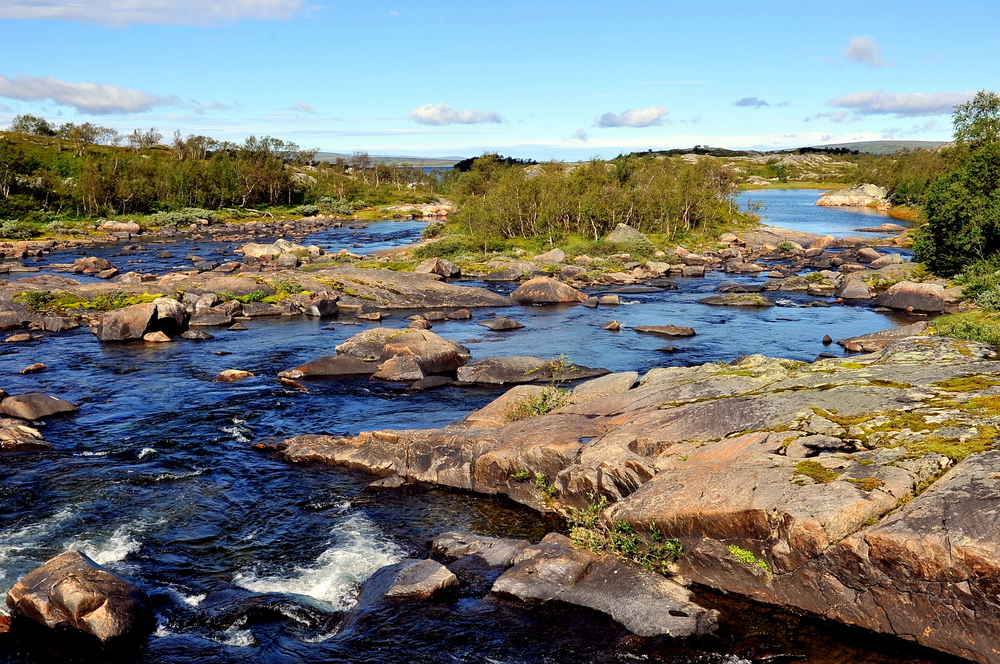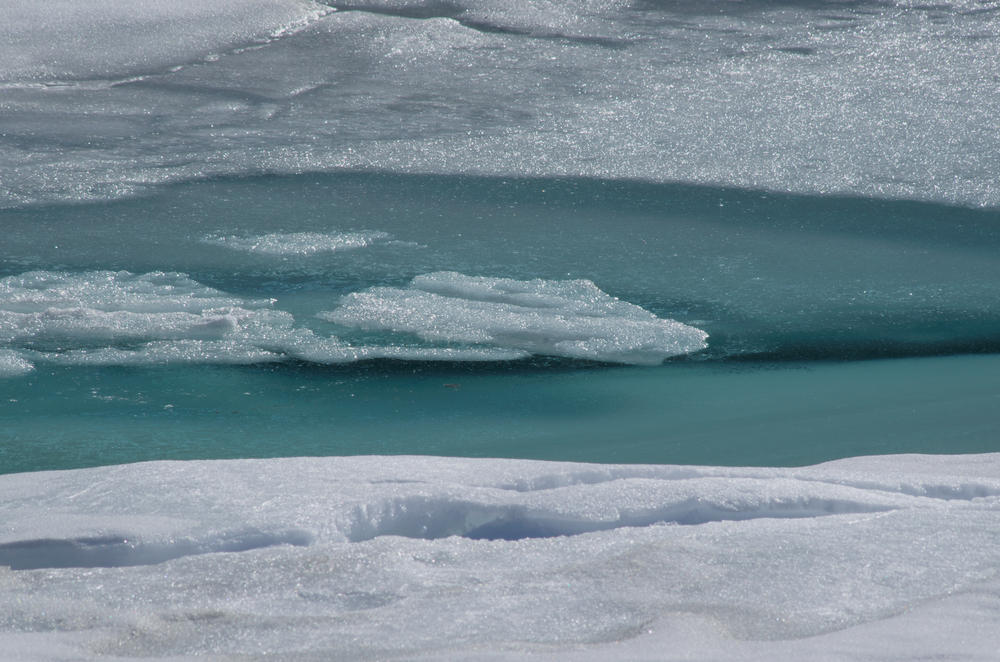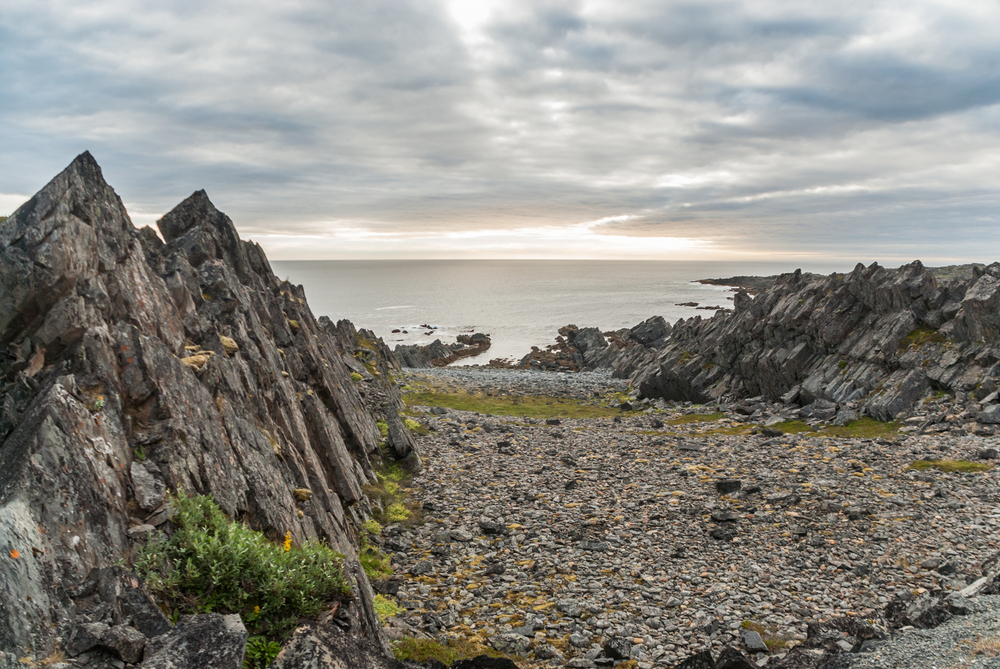Setesdal Vesthei Ryfylkeheiane Overview
Setesdal Vesthei Ryfylkeheiane National Park, known in Norwegian as Setesdal Vesthei Ryfylkeheiane Landskapsvernområde, spans approximately 1,838 square miles (4,760 square kilometers) in southern Norway.
Located in the counties of Agder and Rogaland, this vast protected area is characterized by its rugged wilderness, mountainous terrain, and remote plateaus. The park is part of a larger conservation area that includes the Setesdal-Ryfylke Wild Reindeer Area, one of the last remaining habitats for wild mountain reindeer in Europe. With its untouched landscapes, the park offers a glimpse into Norway’s raw natural beauty, shaped by glaciers, rivers, and highland lakes.
The terrain of the park is dominated by rolling plateaus, steep valleys, and scattered peaks, some of which rise over 4,600 feet (1,400 meters) above sea level. The landscape is largely covered in alpine tundra, with sparse vegetation consisting of heather, mosses, and hardy grasses.
Birch forests grow at lower elevations, gradually giving way to rocky outcrops and lichen-covered expanses at higher altitudes. The park’s many rivers and lakes are fed by glacial meltwater, creating pristine waterways that support a variety of aquatic life. Among the most notable features are the deep valleys carved by ancient glaciers and the highland lakes, which serve as crucial habitats for both wildlife and migratory birds.
Setesdal Vesthei Ryfylkeheiane National Park is home to one of Europe’s last wild mountain reindeer populations, a species that has roamed the region since the Ice Age. These reindeer are highly adapted to the harsh conditions of the Norwegian highlands and are a significant part of the park’s natural heritage. Other mammals found in the park include wolverines, red foxes, and lynxes, while moose and roe deer can occasionally be spotted in the lower valleys.
The park’s diverse birdlife includes golden eagles, gyrfalcons, and ptarmigans, making it a favored destination for birdwatchers. The wetlands and lakes attract migratory species such as common loons and various ducks, adding to the park’s ecological diversity.
The park is known for its solitude and opportunities for remote wilderness experiences. There are no roads cutting through the park, making it a prime location for backcountry hiking, camping, and wildlife observation. Traditional hiking routes, including the Stavanger Tourist Association’s network of trails and cabins, allow visitors to explore the park’s vast plateaus and rugged scenery.
Anglers visit the lakes and rivers for trout fishing, while cross-country skiing is a popular winter activity. Hunting, primarily for reindeer under strict regulations, is also a traditional practice that continues within the conservation framework.
A major conservation success of Setesdal Vesthei Ryfylkeheiane National Park is the preservation of the wild reindeer habitat, ensuring that these ancient herds continue to roam freely. However, climate change and human disturbances, such as infrastructure development on the park’s periphery, pose challenges to maintaining this delicate ecosystem.
Conservation efforts focus on balancing traditional land use, such as reindeer herding and tourism, with the need to protect wildlife corridors and fragile alpine environments. Through careful management, the park remains one of Norway’s premier wilderness areas, offering both ecological significance and unparalleled natural beauty.








































































